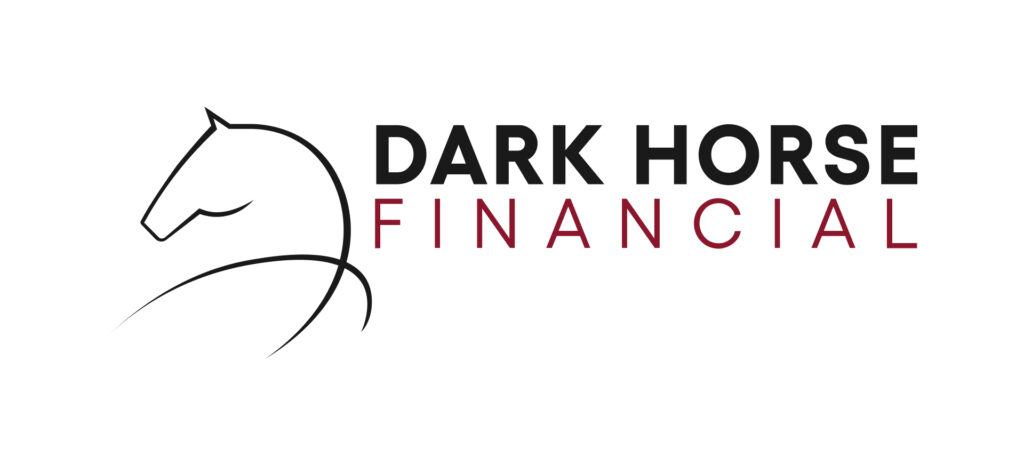Key Takeaways
- Caveat loans are short-term solutions, typically ranging from 1 to 12 months, and are secured by placing a caveat on the borrower’s property.
- Meanwhile, traditional loans are meant for more long-term borrowing needs, with generally larger loan amounts and longer terms available.
- Caveat loans offer fast access to funds, often approved within a few days, making them ideal for urgent financial needs.
- Traditional loans involve longer processing times, but generally come with lower interest rates and longer repayment terms.
- Caveat loans are less reliant on credit history, focusing more on the equity in the secured property.
- Traditional loans may have more rigorous checks than caveat loans, especially when you borrow from banks or traditional lenders.
- Caveat loans are commonly used for business cash flow, urgent expenses, or bridging finance, where speed and flexibility are more important than cost.
- Traditional loans are more suitable for long-term investments, such as purchasing property or expanding a business with stable funding.
- Borrowers should have a clear exit strategy when using caveat loans due to their short duration and higher cost.
- Choosing between a caveat loan and a traditional loan depends on timing, risk tolerance, and the purpose of the funds.
- It’s best to consult with a lending expert like Dark Horse Financial to ensure you’re making the best choice between a caveat loan and a traditional loan.
When it comes to financing in Australia, borrowers have several options, including traditional loans and alternative solutions like caveat loans. The two choices have their own advantages, risks, and ideal use cases. If you’re weighing up a caveat loan vs traditional loan, this guide will help you understand the key differences, benefits, and potential drawbacks.
What Is a Caveat Loan?
A caveat loan in Australia is a short-term, asset-backed loan secured by placing a caveat (a legal notice) on the borrower’s property title. This caveat prevents the property owner from selling or refinancing the property without the lender’s consent until the loan is repaid. Caveat loans are primarily used for urgent financial needs, offering quick access to funds.
Key Features of Caveat Loans
- Fast Approval and Settlement: Caveat loans can be approved and settled within a few days, making them ideal for urgent financial requirements.
- Minimal Documentation: Unlike a traditional loan, a short-term caveat loan often requires minimal documentation, focusing more on the property’s equity than the borrower’s credit history.
- Short-Term Financing: Repayment terms typically range from 1 to 12 months, catering to short-term financial needs.
- Flexible Use of Funds: The funds from a caveat loan can be used for various purposes, including business expansion, debt consolidation, or emergency expenses.

What is a Traditional Loan?
A traditional loan, such as a mortgage or a business loan, is a long-term loan where the borrower agrees to repay the borrowed amount plus interest over an extended period, and can range from 15 to 30 years in length. These loans can be secured against the borrower’s property or assets.
Key Features of Traditional Loans
- Long-Term Financing: Traditional loans offer extended repayment periods, making them suitable for significant investments like purchasing a home or funding large-scale business projects.
- Comprehensive Documentation: When applying for traditional loans at banks, the application process may involve detailed documentation, including proof of income, credit history, and tax documents.
- Lower Interest Rates: Due to the lower risk for lenders, traditional loans often come with lower interest rates compared to caveat loans.
- More Rigorous Approval Process: Banks and traditional financial institutions may have strict lending criteria, which can result in longer approval times.

Difference Between Caveat and Traditional Loan
When to Use a Caveat Loan
Caveat loans are suitable for situations where quick access to funds is essential, and the borrower has sufficient equity in a property. Common scenarios include:
- Business Cash Flow Issues: To cover short-term operational expenses or seize immediate business opportunities.
- Debt Consolidation: To consolidate high-interest debts into a single, manageable loan.
- Property Development: To finance renovations or development projects awaiting longer-term financing.
- Emergency Expenses: To address unforeseen financial emergencies requiring immediate attention.
Are Caveat Loans Risky?
Caveat loans can carry a higher risk compared to traditional loans due to their short-term nature and higher interest rates. If the borrower fails to repay the loan, the lender can start legal proceedings to force the sale of the property to recover their losses.
Are caveat loans safe for businesses? With proper financial planning, caveat loans can be safe for businesses. Business owners should have proper exit strategies in place to ensure they can repay the loan by the time the term ends. They should also plan for repayments effectively. Since the terms are shorter and the rates are higher, the monthly instalments can be high.
More Questions
1. Is a caveat loan better for short-term financing?
Yes, caveat loans are specifically designed for short-term financing needs, offering quick access to funds with minimal paperwork, ideal for bridging finance or urgent business cash flow requirements.
2. How fast can I get a caveat loan vs a bank loan?
Caveat loans can be approved and settled within a few days, whereas traditional bank loans often take several weeks due to stricter credit checks and documentation requirements.
3. Why do people choose caveat loans?
People choose caveat loans for their speed, flexibility, and fewer documentation requirements, especially when traditional lenders are too slow or unwilling to provide funding.
In Summary
Choosing between a caveat loan and a traditional loan depends on your specific financial needs, the urgency of the funding, and your ability to meet repayment terms. While caveat loans offer quick access to funds with minimal documentation, they come with higher interest rates and shorter repayment periods. On the other hand, traditional loans provide lower interest rates and longer repayment terms but involve a more rigorous approval process. Borrowers need to assess their financial situation and consult with financial experts to determine the most suitable option.
Get the Right Loan for Your Business
Can’t decide between a caveat loan or a traditional loan? Consult our team of experts and find out which solution is best for you. We can find the right loan solution with the lowest rates and customised terms based on your needs.




